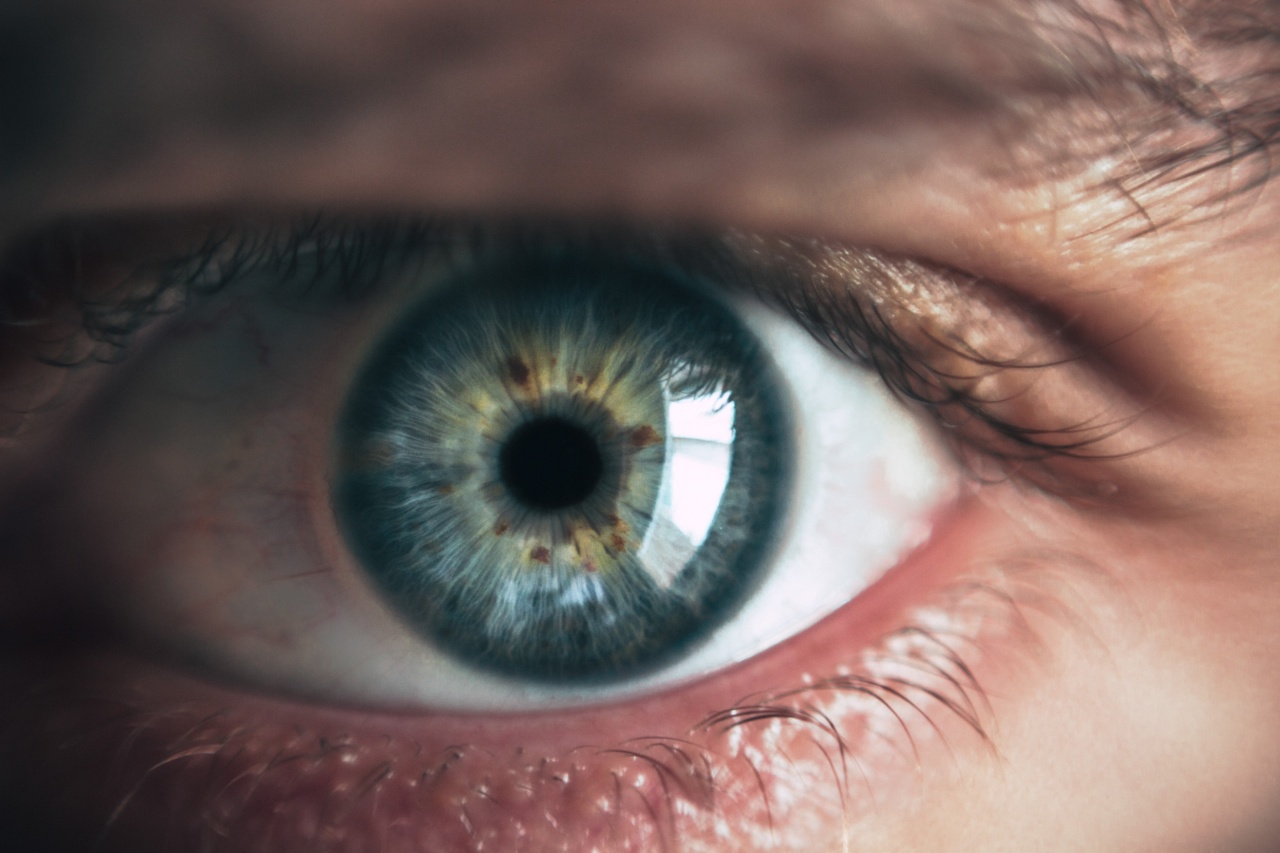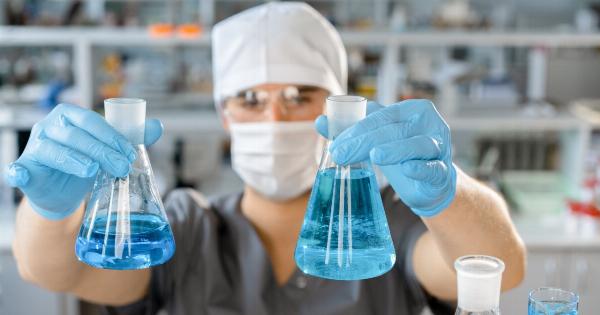The human eye is an incredibly complex organ that allows us to perceive the world around us. It is composed of several delicate parts working together, including the cornea – the transparent front cover of the eye.
Unfortunately, the cornea is susceptible to damage and disease, leading to impaired vision or even blindness. However, recent breakthroughs in medical research have shown that pig collagen may hold the key to rebuilding corneas and restoring vision.
The Importance of the Cornea
The cornea plays a crucial role in vision by refracting and focusing light onto the retina at the back of the eye. Made up of several layers, it acts as a protective barrier against external factors such as dust, allergens, and pathogens.
Any damage to the cornea can significantly impact one’s vision, leading to blurred or distorted images.
Corneal Disorders and Treatment Options
Various disorders can affect the cornea, including corneal abrasions, keratoconus, and corneal dystrophies. Injuries, infections, genetic factors, and aging can contribute to these conditions, resulting in a loss of clarity and sharpness in vision.
Historically, corneal transplants have been the most common treatment option for severe corneal damage or disease. During this procedure, a healthy cornea from a human donor is transplanted into the patient’s eye.
However, due to the limited availability of donor corneas, this approach can lead to lengthy waiting times and potential complications.
Researchers and scientists have been exploring alternative methods to address corneal disorders, one of which involves using collagen derived from pigs.
Pig Collagen: A Promising Solution
Collagen is a fundamental component of the cornea, providing strength, structure, and transparency. It acts as a scaffold for corneal cells to attach and grow, allowing the tissue to regenerate.
While human collagen has been used successfully in the past, new studies have found that pig collagen shares remarkable similarities with its human counterpart.
Pigs are an ideal source of collagen due to their anatomical and physiological similarities to humans. Additionally, pig collagen is more readily available and cost-effective than human collagen, making it an attractive option for medical applications.
The Process of Corneal Reconstruction
To rebuild corneas using pig collagen, scientists have developed a unique process that involves removing the original damaged tissue and replacing it with a collagen-based scaffold.
The scaffold provides a framework for healthy cells to grow and regenerate, gradually restoring the cornea’s structure and function.
Researchers can obtain the pig collagen by processing pig corneas through a series of purification steps to extract the collagen. Once extracted, it can be shaped and molded into a customized scaffold that matches the patient’s eye shape and size.
This personalized approach significantly improves the success rate of the procedure.
Preliminary studies have shown promising results, with patients experiencing improved vision and corneal integrity after pig collagen-based corneal reconstruction.
These advancements offer hope to individuals suffering from corneal disorders or injuries, providing a potential alternative to traditional corneal transplants.
The Future of Pig Collagen in Ophthalmology
As researchers continue to refine the use of pig collagen in corneal reconstruction, the future looks bright for the field of ophthalmology. Some promising areas of exploration include:.
1. Enhanced Biocompatibility
Scientists are working to improve the biocompatibility of pig collagen scaffolds to minimize the risk of rejection or inflammation.
By modifying the collagen and tailoring it to individual patients, the chances of a successful reconstruction and long-term acceptance of the graft increase significantly.
2. Regeneration of Other Eye Components
While corneal regeneration is a significant breakthrough, researchers are also investigating whether pig collagen can be utilized in the regeneration of other parts of the eye, such as the lens or retina.
Successfully rebuilding these components could potentially restore sight to individuals suffering from various eye disorders or conditions.
3. Minimally Invasive Techniques
Efforts are underway to develop minimally invasive techniques for corneal reconstruction using pig collagen.
By utilizing advanced surgical tools and technologies, researchers aim to reduce patient discomfort, accelerate the healing process, and improve post-operative outcomes.
4. Integration with Bioengineering and Stem Cells
Combining pig collagen with bioengineering techniques and stem cell therapies shows promise in further enhancing corneal reconstruction.
Bioengineered corneas using pig collagen and patient-specific stem cells can mimic the natural corneal structure more closely, leading to better visual outcomes.
Conclusion
Pig collagen offers an exciting avenue for reconstructing damaged corneas and restoring vision to individuals with corneal disorders.
Its anatomical similarities to human collagen, coupled with its abundance and cost-effectiveness, make it an attractive alternative to traditional corneal transplants. Ongoing research aims to optimize the use of pig collagen and expand its applications to other eye components, providing hope for the visually impaired worldwide.



























